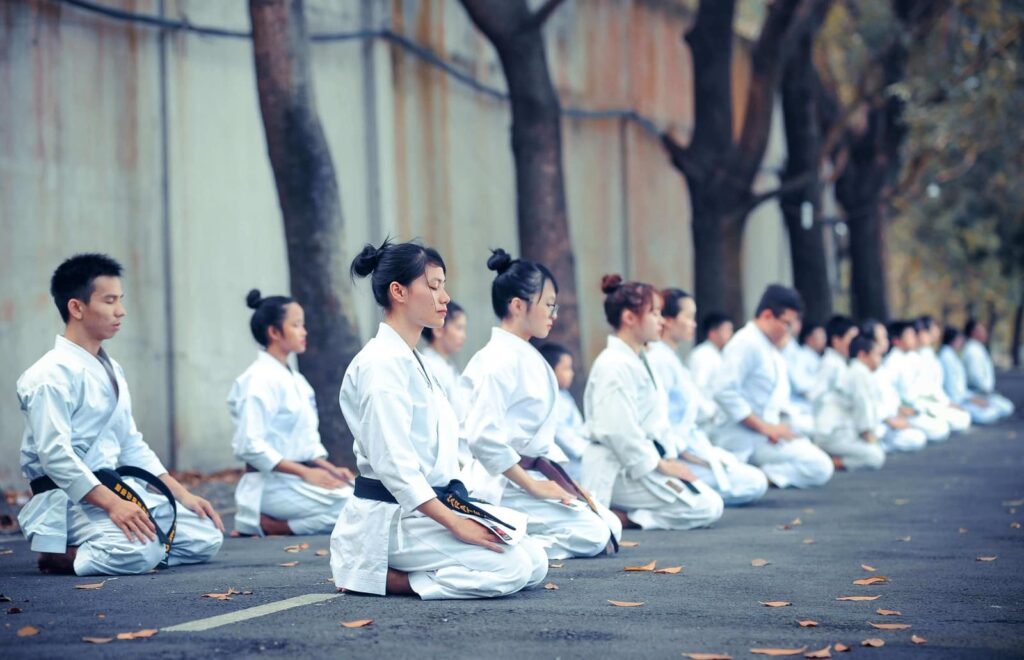Introduction: Karate, a martial art form that originated in Okinawa, Japan, has seen a remarkable surge in popularity and growth over the past decade. What was once considered a niche activity practiced by a select few has now evolved into a global phenomenon, with millions of practitioners of all ages and backgrounds embracing its teachings. In this article, we delve into the factors behind the unprecedented growth of karate and its journey to becoming one of the most practiced martial arts worldwide.
Explosion of Interest: Over the last decade, karate has experienced an explosion of interest, with participation rates soaring in countries around the world. This surge can be attributed to various factors, including increased awareness through media exposure, the rise of martial arts tournaments, and the accessibility of training facilities and instructors.
One of the key drivers of karate’s growth has been its portrayal in popular culture. From blockbuster movies to television series and video games, karate has captured the imagination of audiences globally, inspiring many to take up the art themselves. This increased visibility has not only boosted enrollment in traditional dojos but has also led to the emergence of new karate schools catering to diverse communities.
Furthermore, the proliferation of martial arts tournaments and competitions has provided karate practitioners with opportunities to showcase their skills on a global stage. Events such as the World Karate Championships and the Karate World Cup have garnered widespread attention, drawing competitors and spectators from every corner of the globe. These tournaments have not only elevated the profile of karate but have also fostered a sense of camaraderie and unity among practitioners worldwide.
Diverse Appeal: One of the most remarkable aspects of karate’s growth is its ability to appeal to individuals of all ages, genders, and backgrounds. Unlike some martial arts that may cater to specific demographics, karate offers something for everyone, whether it’s fitness, self-defense, or personal development.
In recent years, there has been a significant increase in the number of women participating in karate. Empowered by the discipline and confidence gained through training, women have embraced karate as a means of self-defense and empowerment. Similarly, children and teenagers have flocked to karate dojos, attracted by the opportunity to learn valuable life skills such as discipline, respect, and perseverance in a fun and supportive environment.
In addition to its physical benefits, karate also provides mental and emotional enrichment. The focus on self-discipline, concentration, and mindfulness cultivates a sense of inner peace and resilience that extends beyond the dojo walls. As a result, many practitioners credit karate with not only improving their physical fitness but also enhancing their overall well-being and quality of life.
Looking Ahead: As we enter a new decade, the future of karate appears brighter than ever. With its rich history, timeless principles, and universal appeal, karate is poised to continue its upward trajectory, inspiring generations of practitioners to reach new heights of excellence and self-discovery.
As karate continues to evolve and adapt to the changing times, one thing remains constant: its transformative power to shape lives and unite communities across the globe. Whether practiced for fitness, self-defense, or personal growth, karate embodies the enduring values of strength, discipline, and unity that resonate with people of all ages and backgrounds. In the decades to come, karate will undoubtedly remain a beacon of inspiration and empowerment for generations to come.

